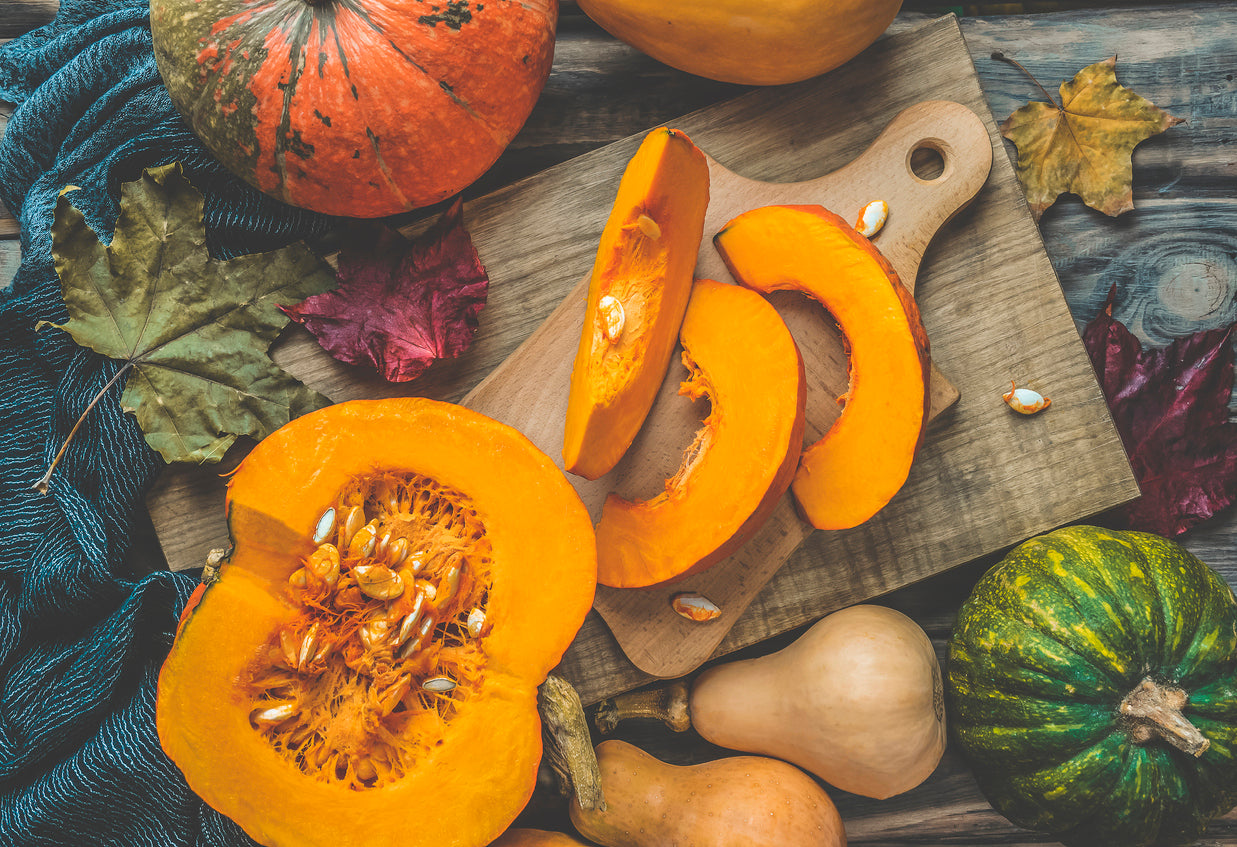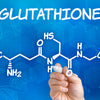Pumpkin perks: Reasons to be thankful for this seasonal superfood

In case you haven’t noticed, we are now in the season where the pumpkin reigns supreme. Glowing Jack O’ Lanterns preside over patios and front stoops, while decorative pumpkins grace seasonal tablescapes and pumpkin spice lattes scent the air at coffee shops.
But there’s a lot more to pumpkins than a festive appearance and distinctive flavor. This cheerful-looking orange gourd is a highly nutritious food with surprising health benefits. Let’s check out several compelling reasons to be thankful for pumpkins.
Superb nutritional profile, packed with vitamins and minerals
The pumpkin, botanically known as Cucurbita pepo, belongs to the squash family. It is scientifically classified as a fruit, although many dietitians say its nutritional qualities make it closer to a vegetable.
However you classify it, pumpkin is seriously good for you. A cup of cooked pumpkin contains a scant 50 calories, along with two grams of plant-based protein and three grams of dietary fiber. Where pumpkins genuinely shine, however, is in their content of vitamin A. A one-cup serving offers up a whopping 245 percent of the daily value of this fat-soluble essential vitamin, which is known for strengthening the immune system and helping to fight infections.
Antioxidant vitamin C is also well represented, with the same serving contributing a fifth of the recommended amount for the entire day. And pumpkin delivers a jackpot of essential minerals, providing generous amounts of potassium, copper, manganese, and iron. Finally, it is a good source of vitamin E and vitamin B2.
Despite their outstanding content of nutrients, pumpkins are 94 percent water, making them a liquid-rich food that can help you meet hydration levels. And don’t forget the “bonus ingredient” in pumpkins - their seeds. A handful of roasted pumpkin seeds makes a nutritious, satisfying snack that’s high in zinc, an essential mineral needed for immune system health.
Unleash the benefits for a heart-healthy life
Pumpkin is packed with antioxidants such as alpha-carotene, beta-carotene, and beta-cryptoxanthin. These natural compounds help protect the heart by scavenging harmful free radicals and preventing oxidative damage. They can also help protect against the oxidation of harmful LDL cholesterol, which can otherwise restrict and clog blood vessels.
In addition, pumpkin benefits the heart through its content of potassium. Multiple scientific reviews and analyses have supported the ability of potassium to lower blood pressure - a risk factor for heart disease - and reduce the odds of life-threatening strokes. No matter how you slice it - pumpkin is a heart-friendly food.
Safeguard your sight with the vision-preserving power of pumpkins
Pumpkins are packed with vitamin A, which is essential for protecting vision and helping to prevent the development of age-related macular degeneration. Research has shown that deficiencies in vitamin A are a very common cause of cataracts and blindness. And vitamin A is not the only vision-protecting “hero” found in pumpkins.
In a review published in Clinical Interventions for Aging, the authors noted that nutrients such as vitamin C, vitamin E, beta-carotene, lutein, and zeaxanthin reduced the risk of age-related eye diseases; as it happens, they are all pumpkin constituents.
Promote digestive and metabolic health
Pumpkin is a low-calorie, nutrient-dense food that can support healthy weight through its fiber content. Fiber tends to cause a feeling of satiety, or fullness, that may decrease appetite and curb overeating. In addition, pumpkins contain prebiotic fibers, which can promote the balance of the gut microbiome, helping to regulate appetite and metabolism.
Pumpkins may even help protect against stomach cancer. An analysis of studies published in Clinical Nutrition revealed that people with higher dietary intakes of alpha- and beta-carotene had significantly lower disease rates. Finally, pumpkin excels at “keeping things moving” through the gastrointestinal tract. Insoluble fiber in pumpkin draws water into the digestive tract, accelerates the passage of food through the intestines, and gently relieves constipation.
Fresh pumpkins can be roasted, pureed, and made into pumpkin soup, pie, or custard - or used in bread, muffins, and pasta. (Don’t forget to toast the seeds - simply sprinkle with sea salt, olive oil, and a little chili pepper, if desired. Then, place in a 350-degree oven until golden brown).
By the way, when it comes to pumpkins suited for eating, the type you buy does matter. Look for “pie” pumpkins or “sugar” pumpkins (not to be confused with “field” or “decorative” pumpkins, meant for carving and display). If you opt for canned pumpkin, make sure you are buying 100 percent organic pumpkin with no added sugar.
When you think about it, there is much to celebrate about the pumpkin. But you don’t have to wait for the holidays to enjoy it. This colorful, nutritious, satisfying food makes a great year-round addition to your healthy diet.
Sources for this article include:






